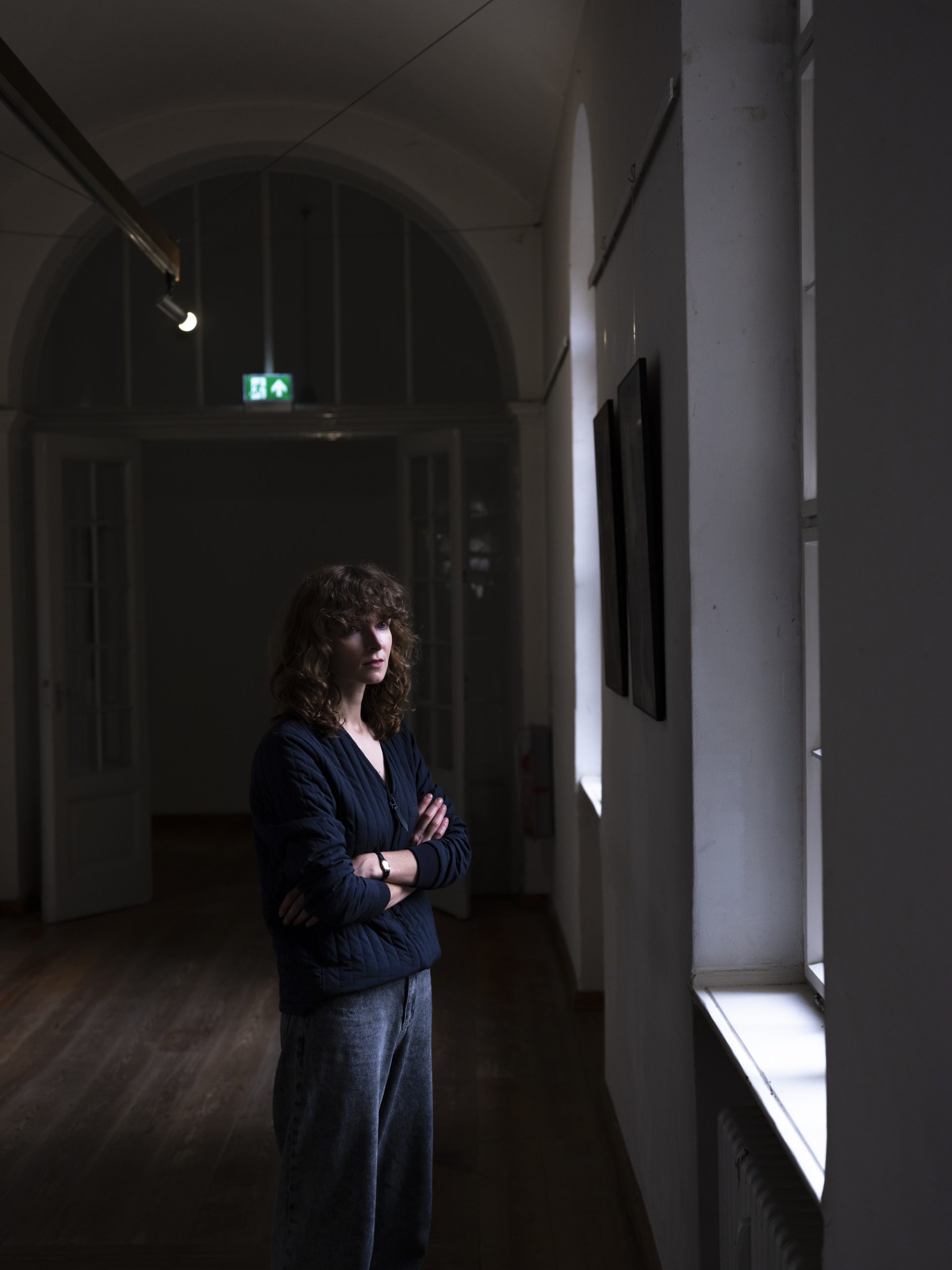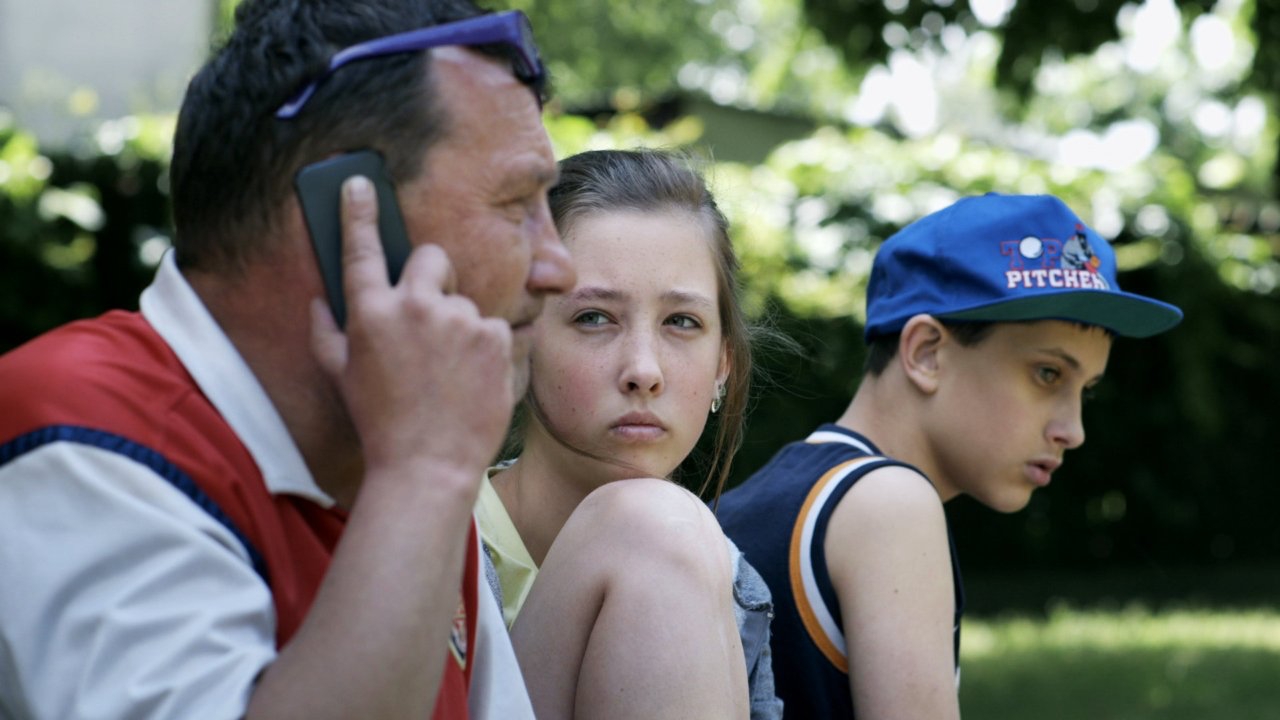Poland, Film, 2021
Anna
Zamecka

Through small twists and turns of fate, along with a keen intuition for tapping into the more ephemeral qualities of what surrounds her at any given moment, writer, director, and producer, Anna Zamecka accomplished a transcendent début with her nonfiction feature, Communion (2016). The film features a close-knit, economically and emotionally precarious family, with two extraordinary young protagonists at its heart. Zamecka’s unique sensitivities to the situation facing brother and sister Ola and Nikodem, conjoined with sophisticated and precise cinematic language, resulted in a powerful portrayal of daily life.
Communion was filmed in just thirty-five days over the course of one year, mostly within the confines of a very small flat outside Warsaw. It was exhibited at over 100 international festivals and venues, garnering over forty awards, including the European Film Award for Best European Documentary 2017; Locarno Film Festival Critics’ Week Award 2016; shortlisted for the Best Documentary Feature category at the 91st Academy Awards (Oscars®); Yamagata IDFF 2017: The Robert and Frances Flaherty Prize (Grand Prize).
In true neo-realist fashion, Communion was not constructed in the editing room as many observational pieces are. The script was utilized as the framework on which to hang the “natural” rhythms of the story. This process required diving back into every single second of what had been shot to find those perfect cutaways and non-verbal cues that can explicate so much of what the protagonists experience – and by extension, what the spectator experiences in the cinema along with them. Creating this kind of intimate and immediate portraiture is a fine art in and of itself, and Zamecka has already displayed a rare talent in this regard.
Born in Warsaw, Zamecka currently resides in the midst of Białowieża Forest at the Polish / Belarussian border, the last extant primeval forest in Europe. Still deeply invested in exploring the liminal states that reside in between strict genre forms, and with the robust success of her first film for ballast, Zamecka continues to find the most fluid way of telling a story in current and future film works through her scriptwriting. Her background in anthropology and photography – along with a deep exploration of the forest around her – will particularly inform her latest project, which is still at quite a fragile stage. At this juncture, it is clear that it is very much connected with the place she now calls home. “I am interested in filmic attempts that go beyond the anthropocentric paradigm. My desire is to gaze at the world through the senses of non-humans. But is it even possible to gain access to non-human perspectives and create non-anthropocentric stories?” To find cinematic solutions in realizing the potential to create these non-anthropocentric ways of seeing the world and revealing new modes of narration is at the core of Zamecka’s work as she continues to search for fresh visual and audial languages to portray Nature, along with the species with whom we share our planet, in unexpected and thrilling ways.
Text: Pamela Cohn


